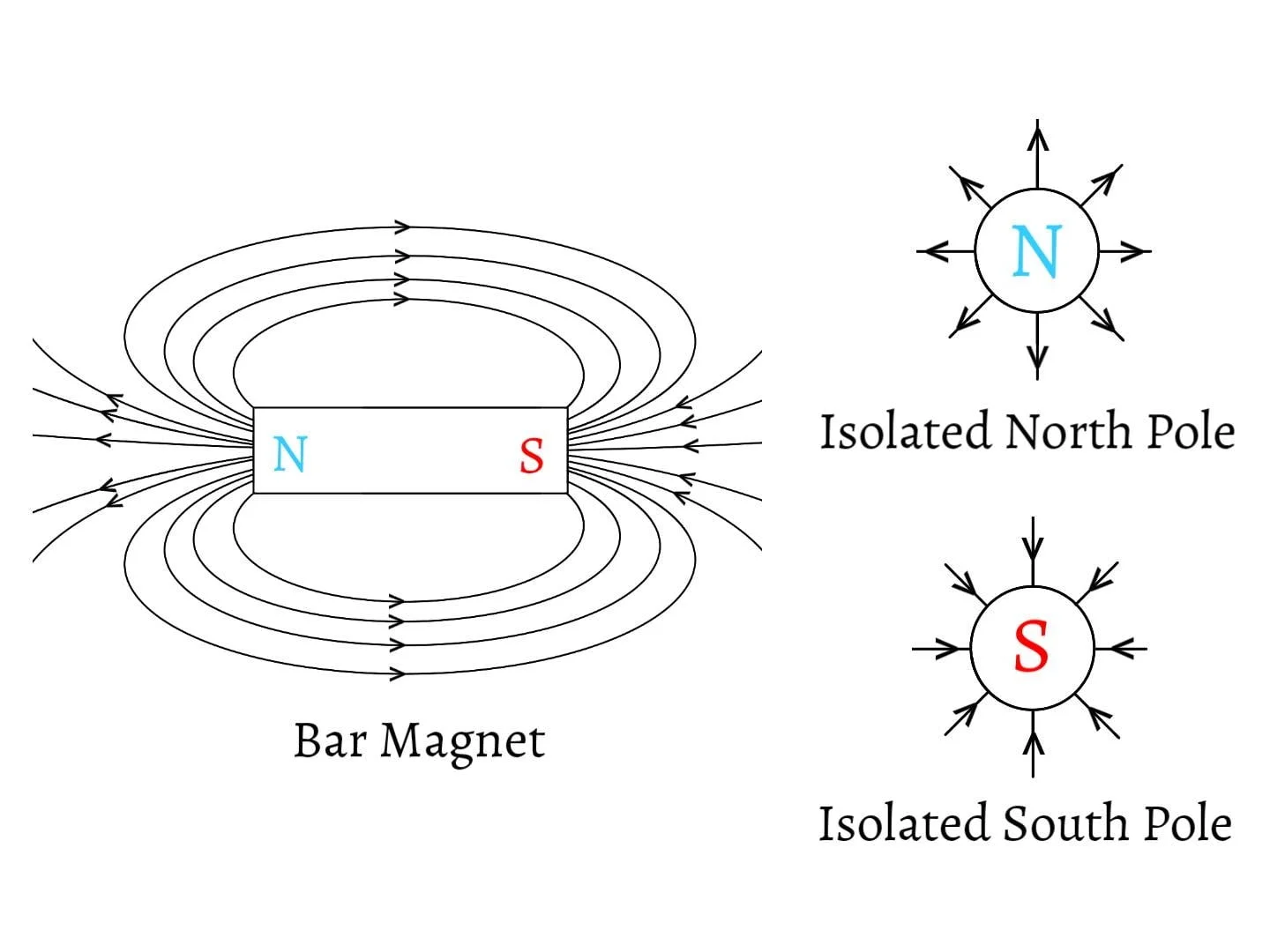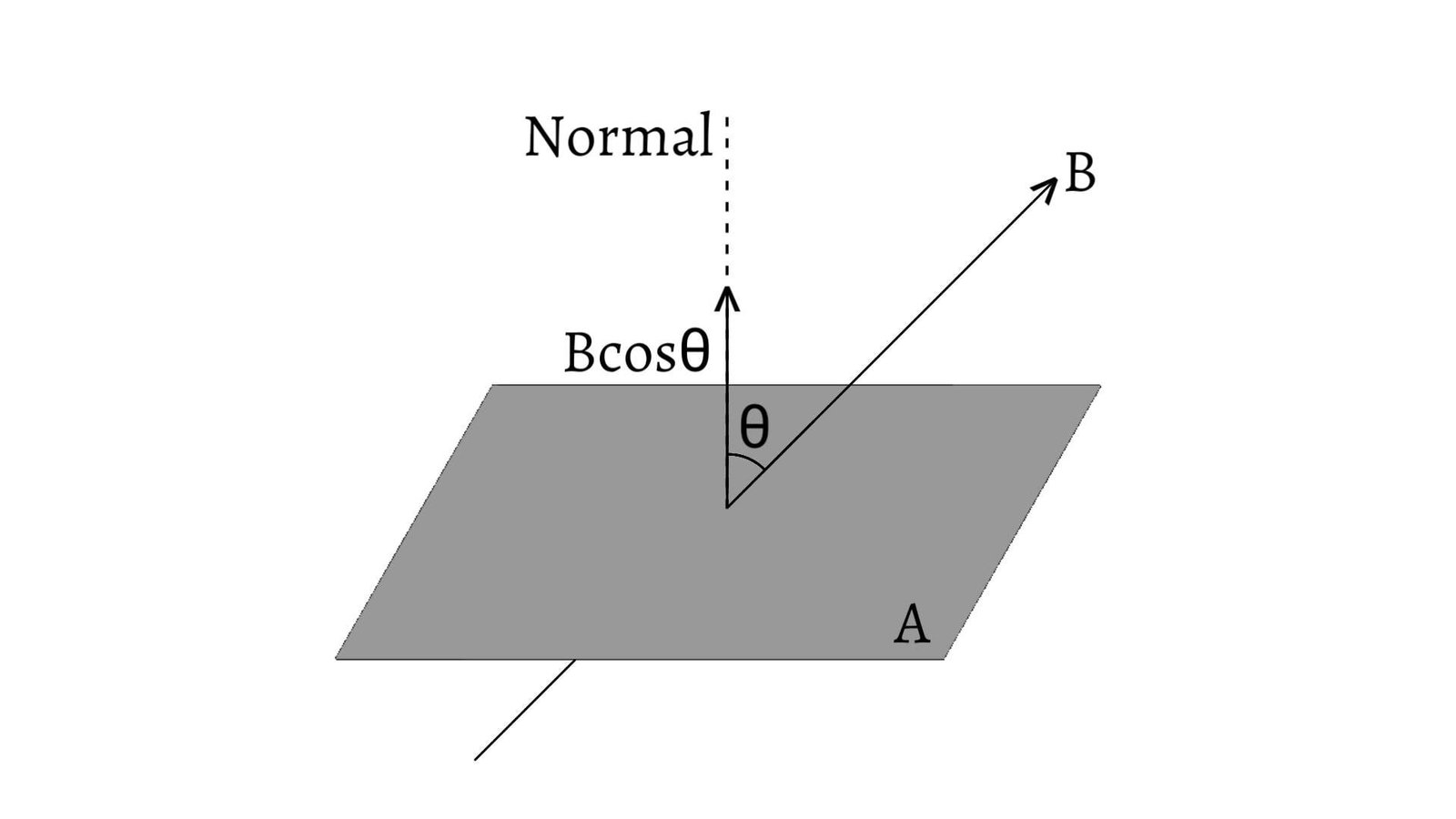In 1600 AD, Sir William Gilbert stated that the earth is a huge magnet. The magnetism of the earth is known as terrestrial magnetism or geomagnetism. Various observations that prove terrestrial magnetism are:
- A bar magnet freely suspended at its centre of gravity always aligns itself along geographical north south direction.
- If soft iron pieces are buried under the earth’s surface, they are found to acquire magnetic properties.
- We find neutral points while mapping magnetic field lines due to bar magnet. These points are those where magnetic field of the bar magnet cancel with that of earth’s field.
Earth’s Magnetic Field
The north pole of a freely suspended magnet points to the north of the earth and the south pole to the south of the earth. This means that the earth should be a reverse magnet i.e. its northern region possesses south polarity and souther region possesses north polarity. The strength of earth’s magnetic field is typically about $10^{-4}$ $T$ ($1$ $G$ or $\text{Oersted}$).
Various theories have been proposed to explain the source of the earth’s magnetic field. Some of them are;
- a permanent magnet inside the earth
- a magnetic field of which the origin is at a considerable distance from the earth
- electric current circulating within the earth. The charged ions or electrons circulating in the liquid interior could produce a magnetic field just as a current loop.
- electric current produced due to the ionisation of layers of air surrounding the earth’s surface
- the cosmic rays continuosly entering the atmosphere
In spite of these theories, none has given the satisfactory explanation. A very interesting information regarding geomagnetism is that it changes from time to time. The magnitude as well as the direction of the earth’s magnetic field changes as time passes. The studies of magnetic rocks has revealed that the magnetic field can reverse its direction. This reversal occurs about every 100,000-1,000,000 years. It appears that in the past 76×107 years, about 171 such reversals have taken place. Latest reversal is believed to be having occured around 10,000 years ago.
Magnetic Meridian
It is assumed that the earth has a big bar magnet inside it. The imaginary line joining the magnetic north and south poles of the earth’s magnet is called the earth’s magnetic axis. The imaginary vertical plane passing through the magnetic axis is called magnetic meridian. The points where the magnetic axis cuts the earth’s surface are called magnetic poles.
Geographical Meridian
The axis of rotation of the earth is called geographical axis. The imaginary vertical plane passing through the geographical axis is called geographical meridian. The points where the geographical axis cuts the earth’s surface are called geographical poles.

The geographical meridian does not coincide with magnetic meridian. It indicates that the large imaginary bar magnet does not lie in the geographical north south direction. Geomagnetic poles are slightly away from geographical poles $(17°)$. The difference between the geographical north and geomagnetic north varies from point to point on the earth’s surface and the difference is known as the magnetic declination.
Next: Elements of Terrestrial Magnetism
More on Magnetism
- Magnet
- Magnetic Field
- Magnetic Intensity
- Magnetic Vectors
- Magnetic Permeability And Susceptibility
- Classification of Magnetic Substance
- Magnetic Domain
- Magnetic Hysteresis
- Elements of Terrestrial Magnetism




